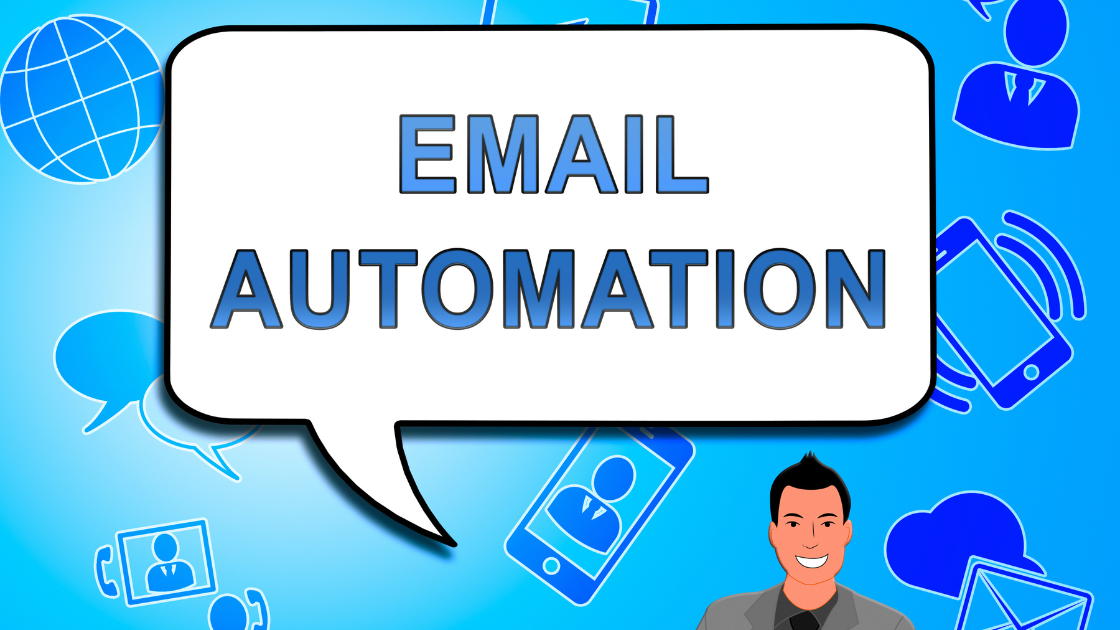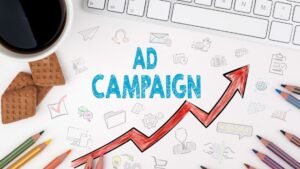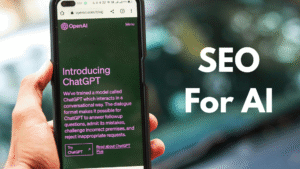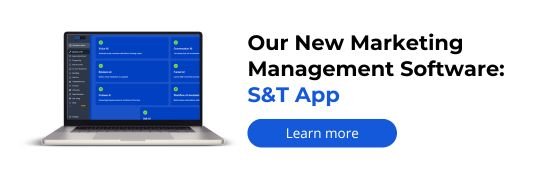In the ever-evolving landscape of digital marketing, automated email sequences for B2B stand out as a crucial strategy for nurturing leads, enhancing customer engagement, and boosting sales.
By automating your communication, you ensure consistency and relevancy, essential factors in building lasting business relationships.
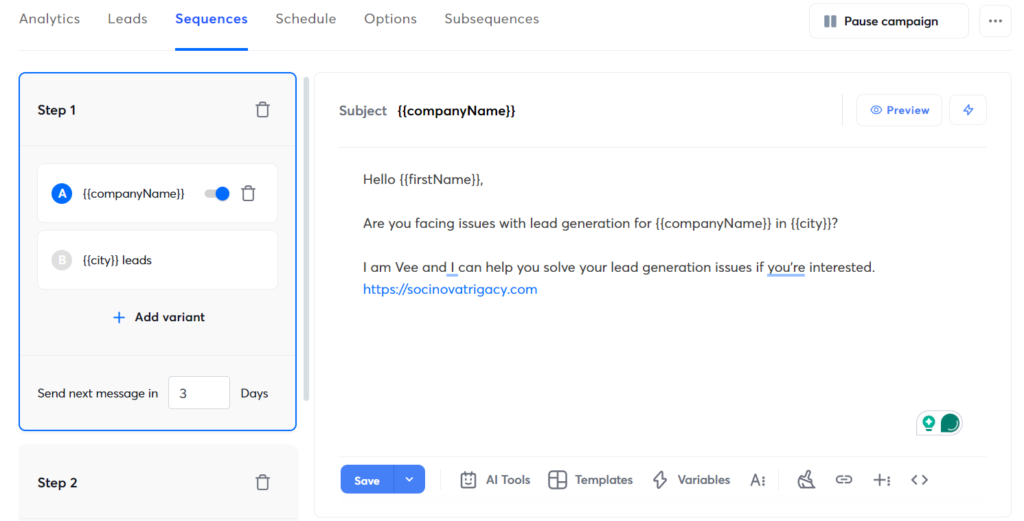
What Are Email Sequences?
Email sequences are like a series of automated messages you set up once and then let run on their own.
In other words, they’re designed to be sent out when certain things happen, like when someone signs up for your newsletter or buys a product.
The goal?
Simply put, to keep your audience engaged, informed, and moving smoothly through their journey with your brand.
Why Use Email Sequences?
Email sequences make your life easier by handling the communication tasks that would otherwise take up a lot of your time.
Firstly, they help warm up potential customers, gradually preparing them to make a purchase.
Additionally, they can teach new customers how to use your product effectively, ensuring they get the most out of it.
Moreover, these sequences encourage past customers to return and shop more, boosting customer retention.
Finally, they gather valuable feedback, allowing you to continuously improve your service or product.
Common Types of Email Sequences
Let’s look at some typical email sequences you might encounter:
Welcome Sequences: These are like your first handshake with a new contact. They introduce your brand and let people know what to expect from you.
Educational Sequences: Think of these as mini-classes that offer tips and insights related to your industry or products.
Re-engagement Sequences: These are nudges for people who haven’t interacted with you in a while, aiming to spark their interest again.
Abandoned Cart Sequences: Ever forget something in your online shopping cart? These emails remind you to come back and complete your purchase.
Post-Purchase Sequences: After someone buys something, these emails keep the conversation going, potentially leading to more sales down the road.
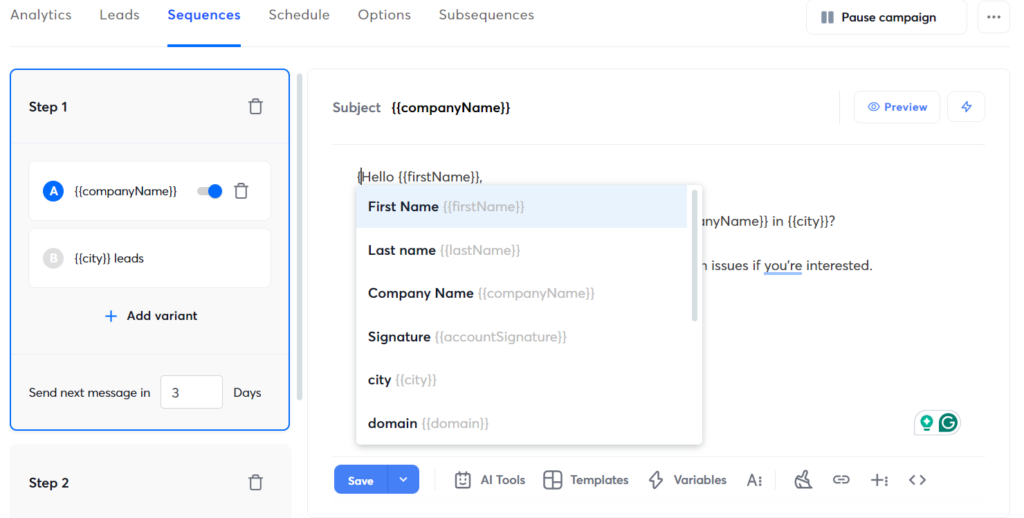
Why Are Email Sequences Beneficial?
Save Time: Set them up once, and they keep working for you, saving you loads of time.
Always On Point: They make sure every message is consistent, so everyone gets the same great experience.
Scale Easily: As your audience grows, your email sequences can handle the load without extra effort from you.
Get Personal: You can tweak your emails to speak directly to different types of people, making each message more effective.
Track Success: It’s easy to see which emails are hitting the mark and which ones might need a tweak.
Getting Started with Email Sequences
Ready to get your email sequences up and running?
First, set clear goals by defining what you want each sequence to achieve.
Next, understand your audience by identifying who you’re talking to and what they care about.
Then, create engaging content by writing emails that are helpful, interesting, and enjoyable to read.
After that, test and learn by trying out different approaches to see what works best, and continuously improve your strategy.
Finally, use the right tools by pairing your email sequences with CRM software to make them even more powerful.
Below, we explore seven automated email sequences that every B2B marketer should implement to maximize their marketing efforts.
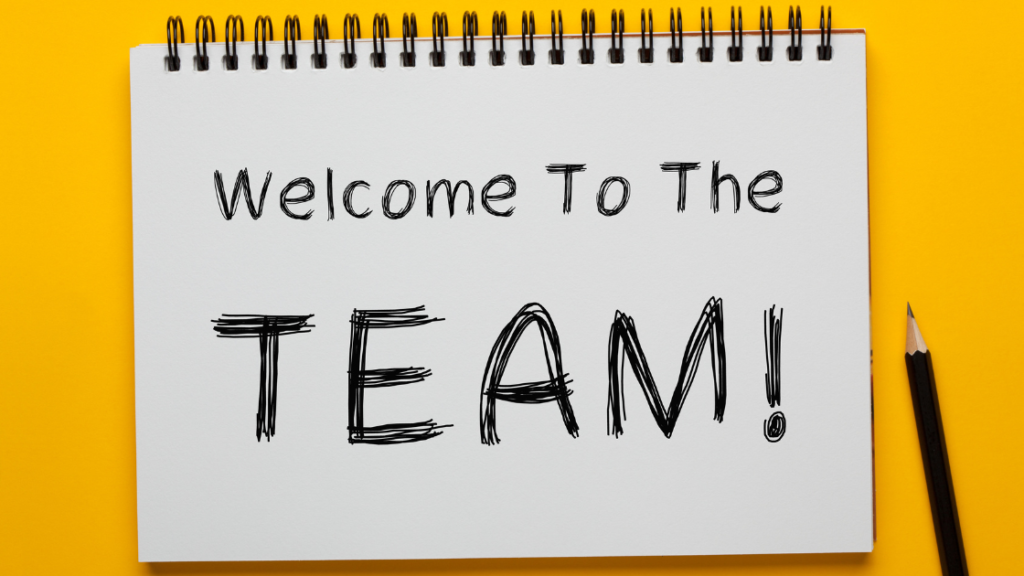
1. Welcome Email Sequence
A warm welcome can set the tone for your future communications.
Furthermore, once a prospect subscribes to your newsletter or registers on your website, trigger an automated email sequence to introduce your company and outline what they can expect from your partnership.
Additionally, this sequence typically consists of 2-3 emails spaced over a week, providing insights into your business, sharing valuable resources, and outlining the next steps they can take.
Statistic: Welcome emails have an average open rate of 91.43%.
Source: Campaign Monitor
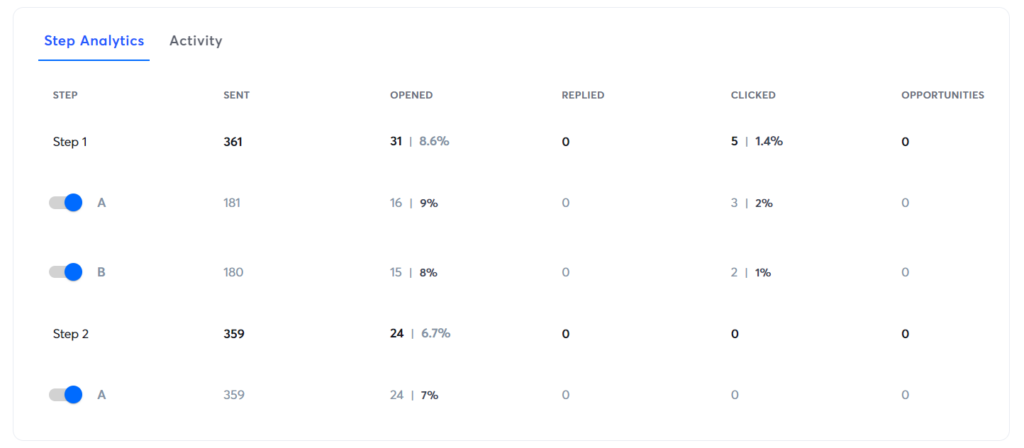
2. Lead Nurturing Sequence
Lead nurturing is essential in converting prospects into paying customers.
Therefore, automated email sequences for B2B play a pivotal role here.
After identifying a lead’s interest, send a series of targeted emails that provide detailed information about the products or services they’ve shown interest in.
Hence, this sequence should educate them on your offerings, share testimonials or case studies, and slowly guide them towards a purchase decision.
Statistic: Nurtured leads make 47% larger purchases than non-nurtured leads.
Source: Annuitas Group
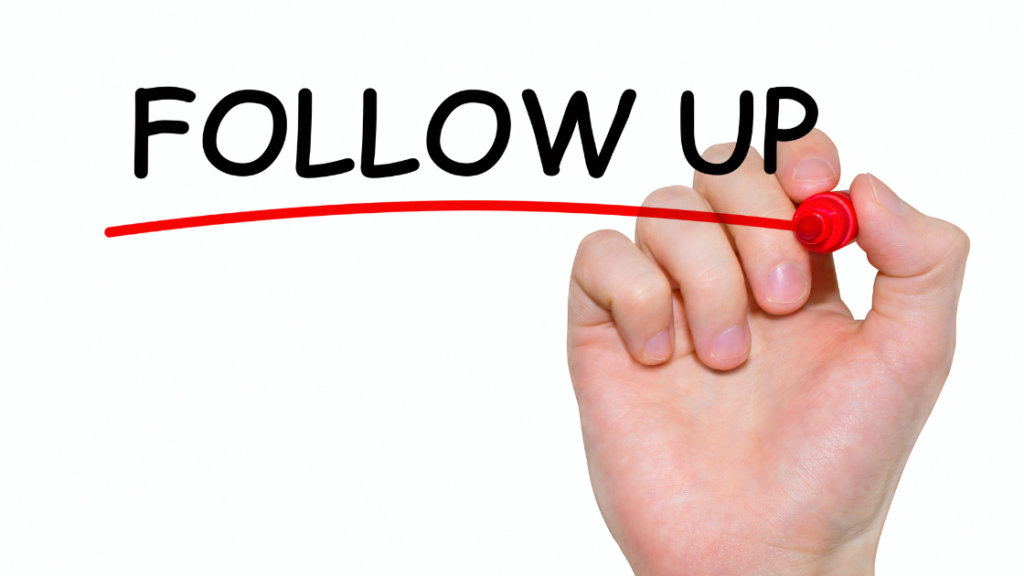
3. Post-Purchase Follow-up
After a purchase, your goal should shift to retaining that customer and fostering loyalty. Automated email sequences for B2B that focus on post-purchase follow-up are excellent for this.
Start with a thank-you email, then send additional content such as tips on how to get the most out of the purchased product, upcoming offers on complementary products, or an invitation to subscribe to a loyalty program.
Statistic: Customers who received post-purchase emails are 3x more likely to make a repeat purchase.
Source: Klaviyo’s Blog
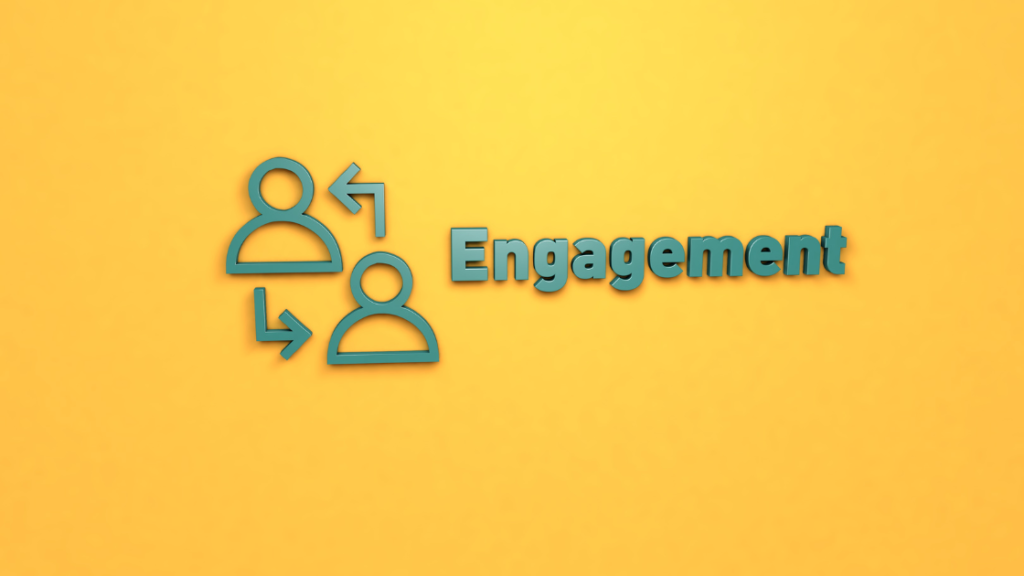
4. Re-engagement Sequence
It’s not uncommon for clients or prospects to disengage over time.
To address this, re-engagement automated email sequences for B2B are designed to pull these prospects back into the sales funnel.
Therefore, these emails should remind them of why they engaged with your brand initially and offer them compelling reasons to return, possibly through special offers or insightful content that addresses their specific business needs.
Statistic: Re-engagement campaigns can lift engagement rates by 25%.
Source: alore.io
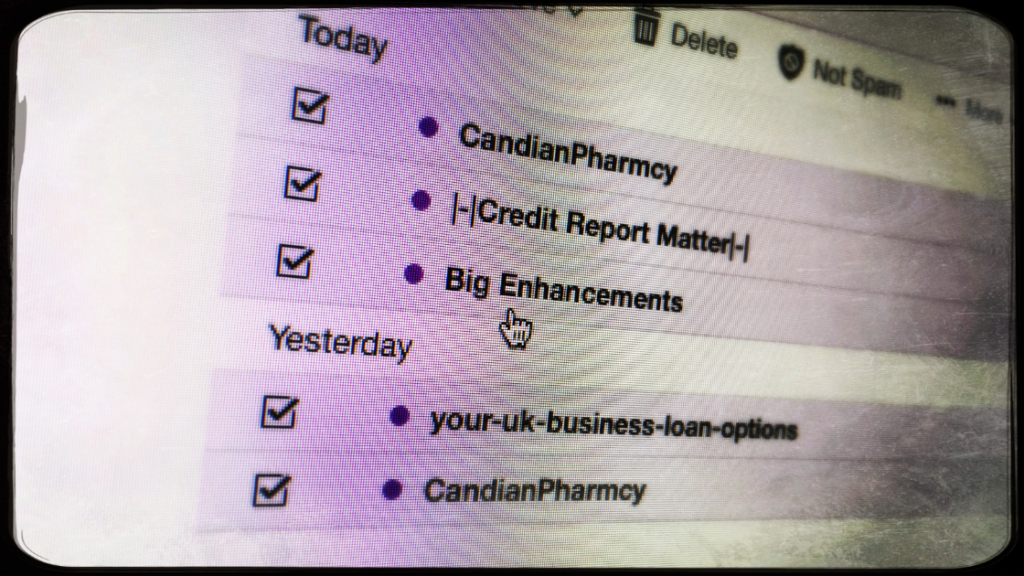
5. Feedback and Survey Emails
Understanding your customer’s experience can significantly refine your product and customer service.
Furthermore, send automated email sequences soliciting feedback or asking clients to participate in a survey.
Finally, these emails can provide invaluable insights into what works and what doesn’t and signal to your customers that their opinions are valued and critical to your business development.
Example: Airbnb increased customer satisfaction scores significantly by automating feedback emails after each guest stay.
Source: Medium
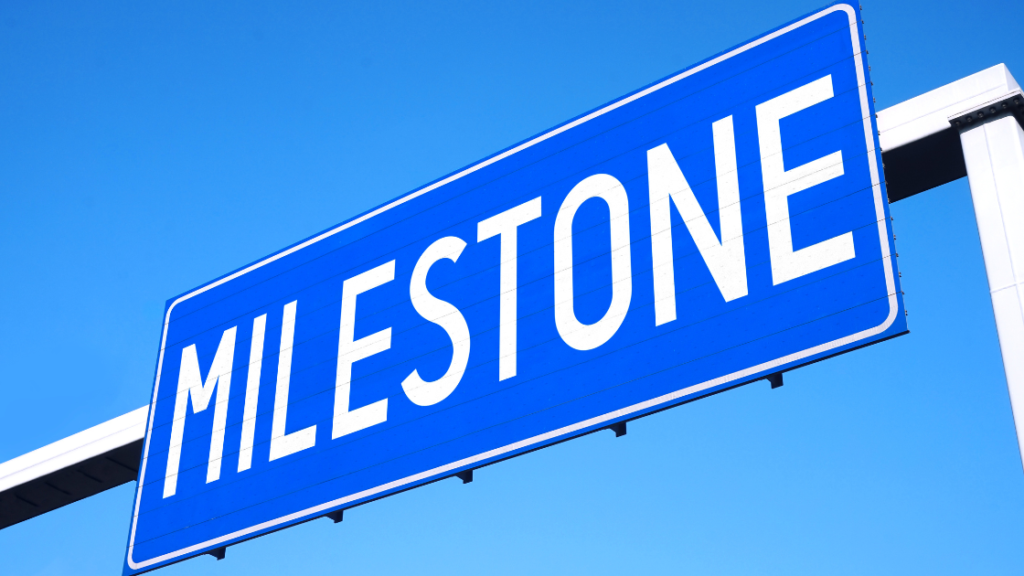
6. Anniversary or Milestone Emails
Celebrate milestones such as the anniversary of a client’s first purchase or their one-year subscription to your service.
Additionally, automated email sequences for B2B that acknowledge these milestones can enhance customer relations and offer an opportunity to upsell or cross-sell.
Statistic: Anniversary emails can generate 3x higher open and transaction rates.
Source: MarketingProfs
7. Educational Content Sequence
Keep your clients informed and engaged with automated email sequences that deliver educational content relevant to their industry.
This can include whitepapers, eBooks, webinars, or industry reports that not only position your brand as a thought leader but also keep your clients engaged through ongoing professional development.
Example: HubSpot’s educational email sequences have been pivotal in establishing their authority in the inbound marketing space, contributing to a substantial growth in subscriber engagement.
Source: Hubspot
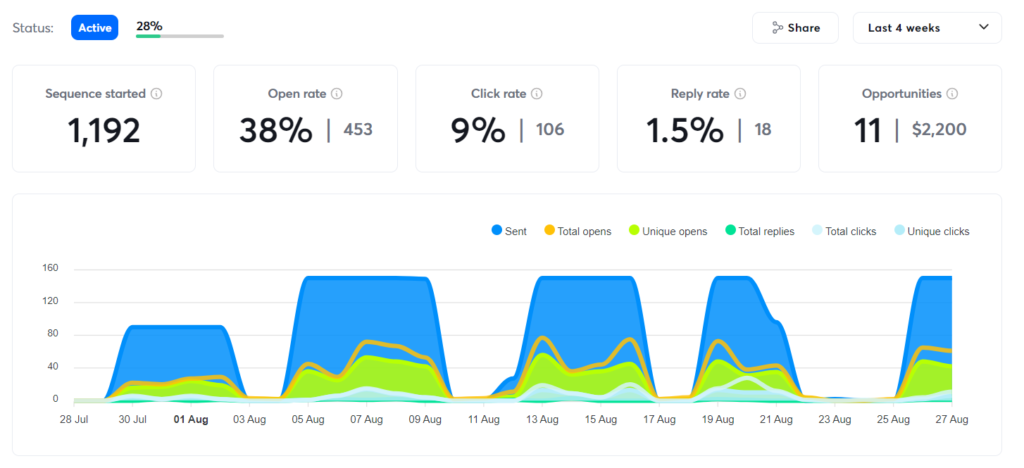
Best Practices for Automated Email Sequences for B2B
Personalize Your Emails: Leverage data to personalize the email content, addressing recipients by name and tailoring the message to their specific needs and past interactions.
Monitor and Optimize: Regularly review the performance of your automated email sequences for B2B.
Furthermore, look at open rates, click-through rates, and conversion rates to identify what’s working and what isn’t.
Segment Your Audience: Different clients have different needs.
In addition, segment your email lists based on factors like industry, position in the sales funnel, or past purchases to ensure content relevancy.
Conclusion: How Trigacy Can Amplify Your Email Sequence Strategy
Trigacy makes setting up and managing your email sequences a breeze.
Whether you’re a seasoned marketer or just getting started, Trigacy’s intuitive platform helps you design, automate, and monitor your email sequences effortlessly.
First, take advantage of the Template Library, which allows you to jumpstart your campaigns with a variety of customizable email templates that fit any business need—from welcome emails to re-engagement campaigns.
Next, use the Drag-and-Drop Editor to easily create and modify your emails without needing any technical skills.
The user-friendly editor makes it simple to add images, text, and links that align with your brand.
Furthermore, leverage Advanced Segmentation to deliver the right message to the right people.
Trigacy enables you to segment your audience based on behavior, demographics, and engagement, ensuring that your emails resonate and convert.
Additionally, with Performance Tracking, you gain real-time insights into how your emails are performing. Trigacy’s analytics allow you to track opens, clicks, and conversions, so you can continuously optimize your sequences for better results.
Finally, Automation Workflows allow you to set up triggers based on user actions to automatically send the most relevant email at the perfect time, increasing the likelihood of engagement and sales.
Therefore, by leveraging Trigacy’s robust features, you can elevate your email marketing, making your communications more effective and your processes more efficient.
Ready to take your email sequences to the next level?
Let Trigacy guide the way and help you make every interaction count!

